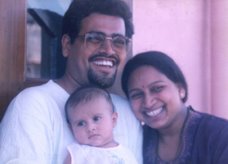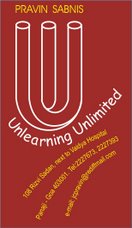In Goa, youth prepare for the advent of Diwali by making
effigies of Narkasur. The burning of the effigies heralds the celebration of
the festival of lights. The preparation involves collecting of funds to cover
the cost of the effigy, the setup, the music, the fireworks and the revelry. Many
organised groups turn the occasion into a big event.
One group however decided to make it bigger on the
happiness quotient. They went around collecting gifts of sweets, stationary and
utility items. On Diwali eve, they went to an orphanage and spent the time
illuminating the lives of the children there. Kabir Naik captured on film (https://youtu.be/RAmlgleWhrA)
what he and his friends did.
Kabir
calls it ‘Sweet Diwali: a story of self-realization’. Indeed it captures the
way to realise that the best way to ‘be’ happy we must ‘make’ others happy. We know
joy grows when it is shared. But it is pertinent to note that enduring
happiness comes when we can make others happy.
Happiness
is not really about material gifts. It is about the gift of time… a kind word,
listening to others, playing together… sharing not just what we have but
accepting what they have… Besides the joy that comes out of thoughtful giving,
happiness returns as a gift with meaningful sharing…
Look
around to notice the underserved. Not just in defined spaces like orphanages,
old age homes or ghettos. We must notice them wherever they are and involve in
ways to make them happy with gifts of love, concern and care. When we give
happiness, it comes back to us!
When you give your joy away
Be happy, it will return to stay
~ Pravin K Sabnis


